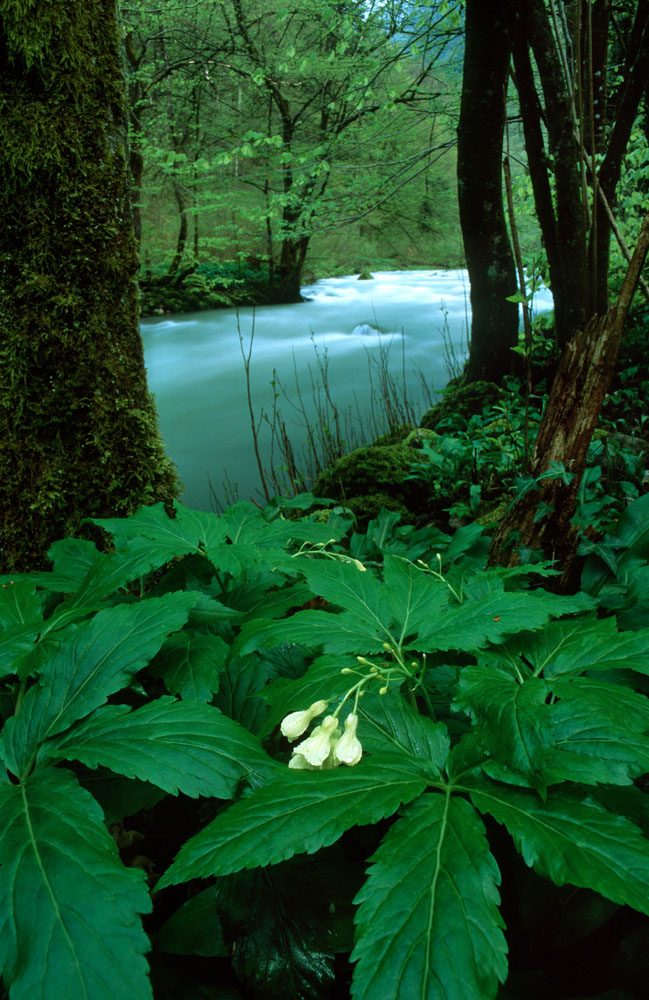Description
Cardamine – Bittercress –
There are about 150 species of mat forming annuals and perennials, in this genus. They occur from cool, shady, moist habitats in the Northern Hemisphere. Some of the annuals are invasive garden weeds. The rootstock is fibrous or has scaly rhizomes. Cardamines have simple, dissected to compound leaves and unbranched stems carrying panicles or racemes (some short and congested) of 4 petalled, white yellow, pink, lilac, or reddish violet flowers, followed by slender pods that split apart suddenly, flinging the minute seeds a short distance. Grow in a border, a rock garden, a woodland, or bog garden.
Grow in humus rich moist soil in full or partial shade.
Prone to white rust, downy mildew, powdery mildew, and flea beetles.
C. enneaphyllos – Dentaria ennaphyllos – This spreading rhizomatous perennial found from Western Carpathians and Eastern Alps to Southern Italy and Northwestern Balkans grows 8-16″ tall and 18-24″ wide. It produces whorls of 2 to 4-ternate or 3 to 5 palmate, toothed, mid green leaves, 4-5″ long, composed of ovate to lance shaped leaflets. In late spring it bears lax panicles of pendent, white or yellowish white flowers, 3/4″ or more across.
Zones 5-8





